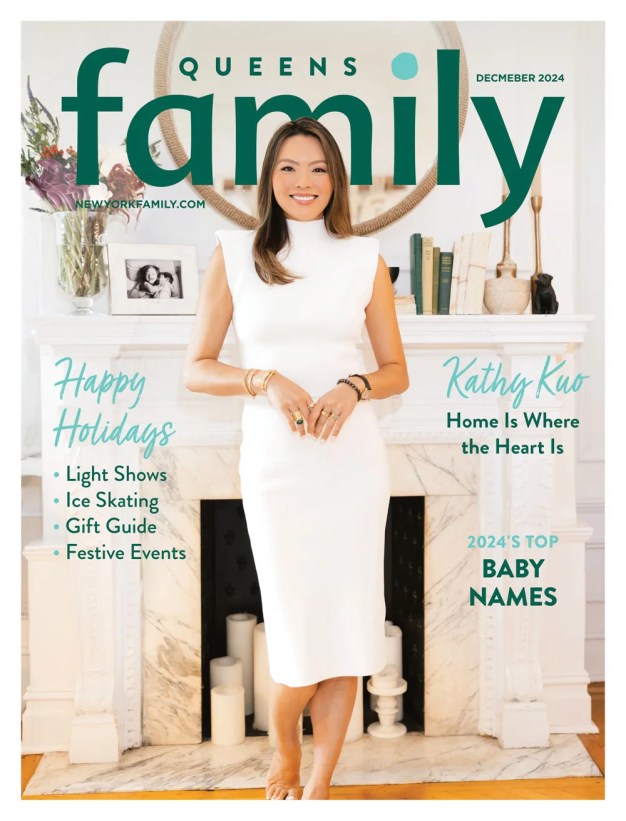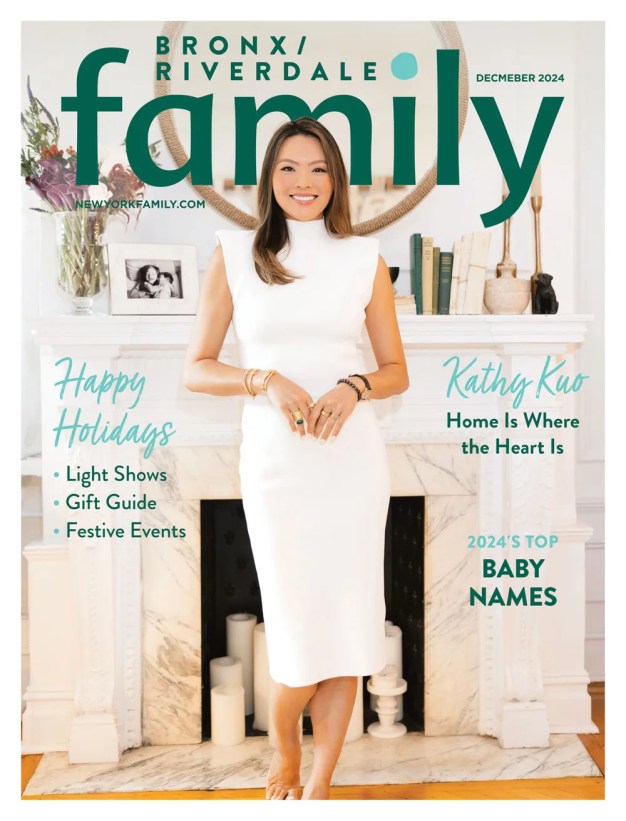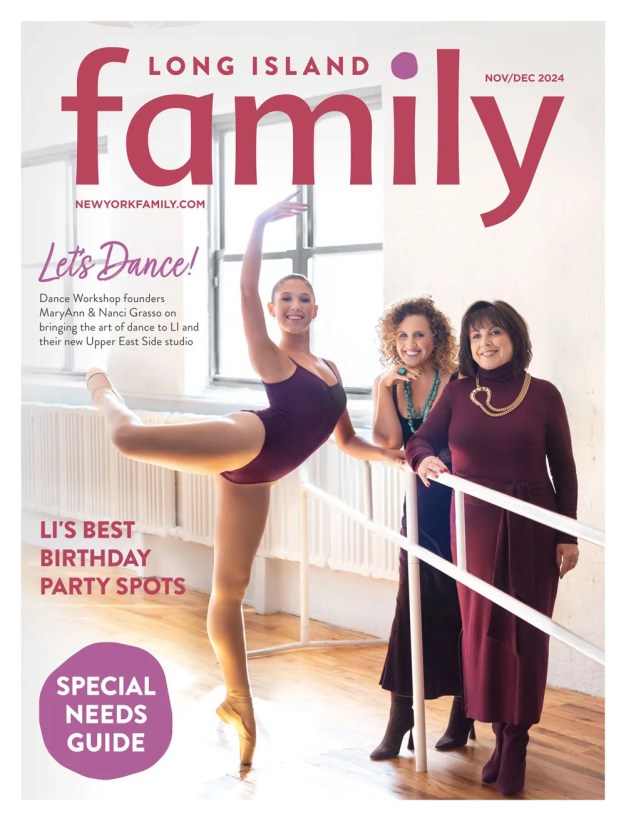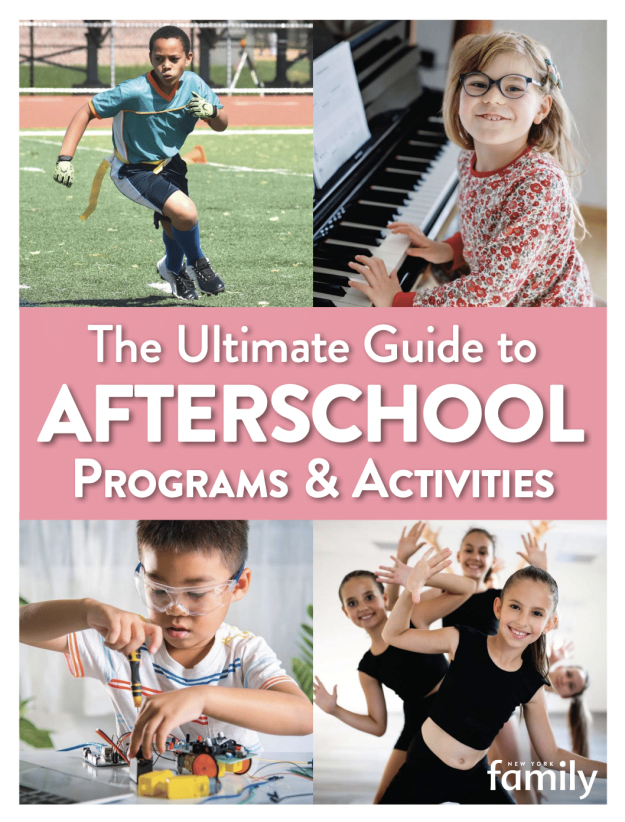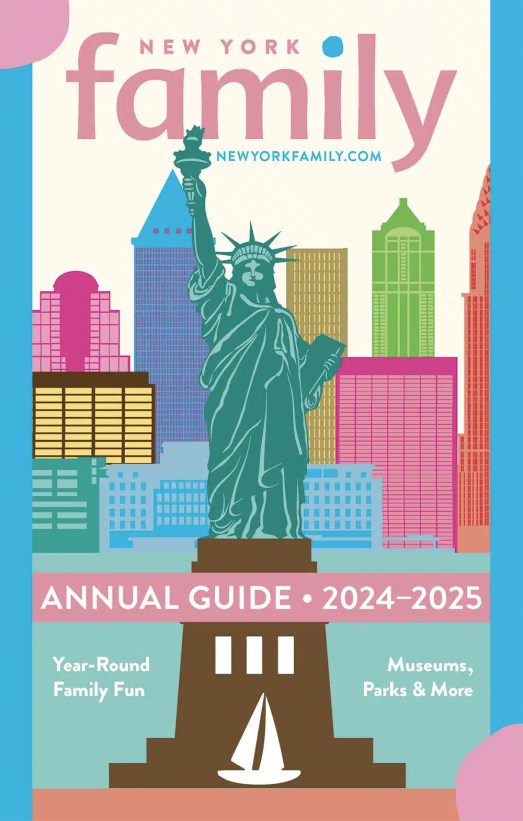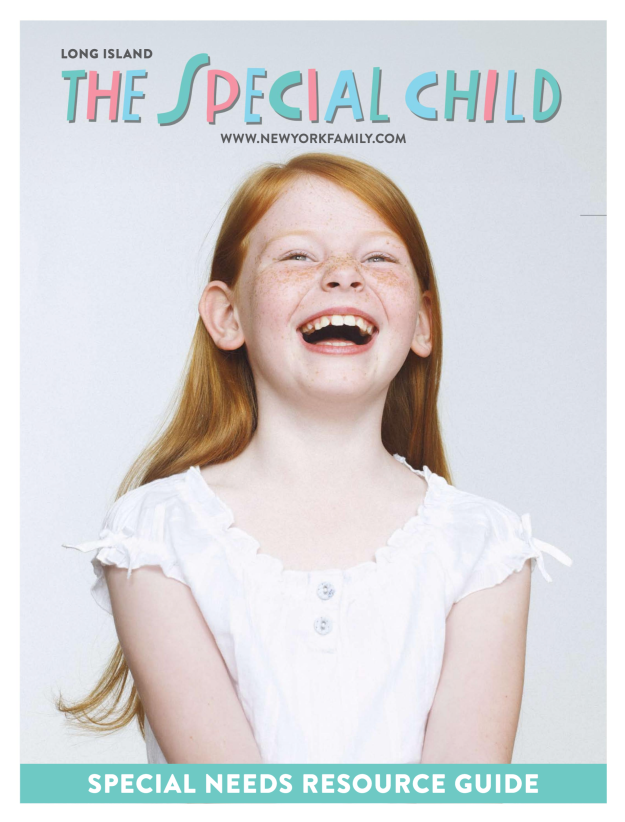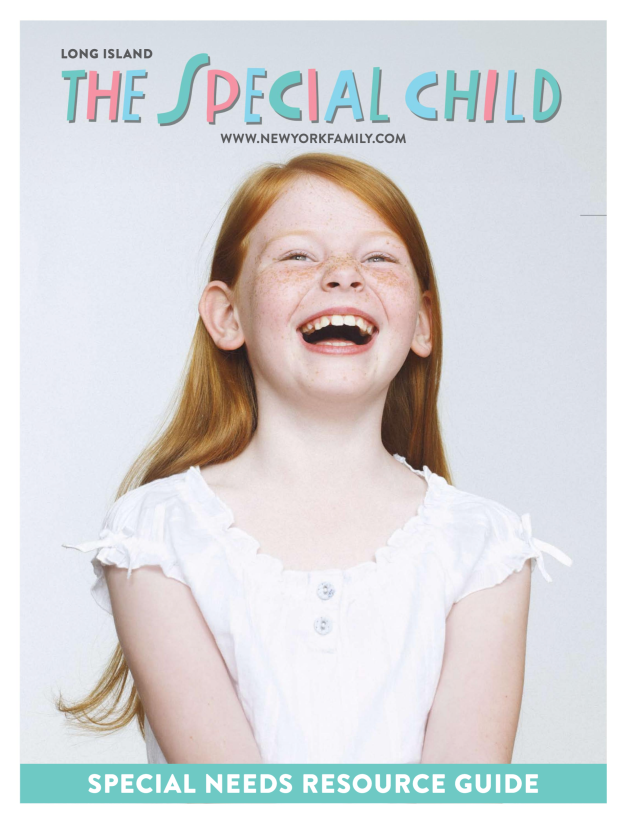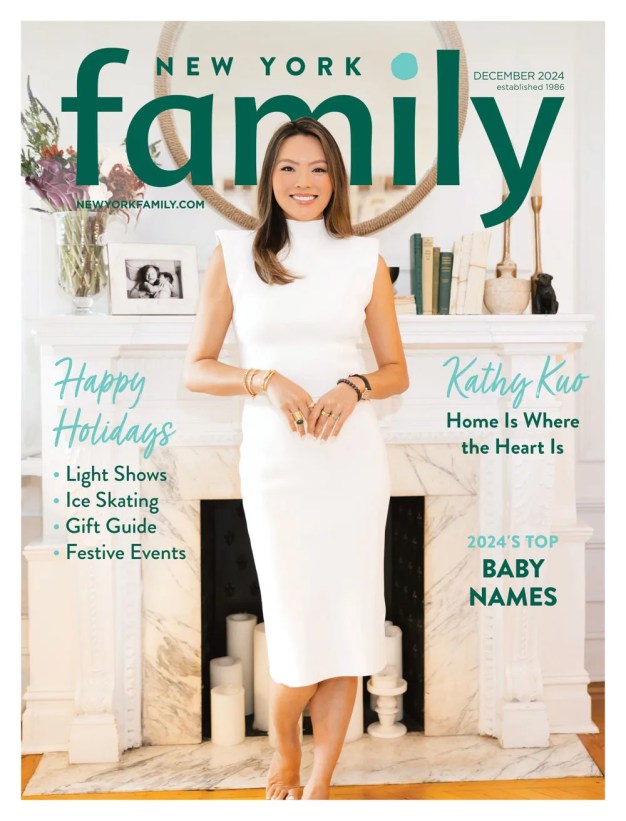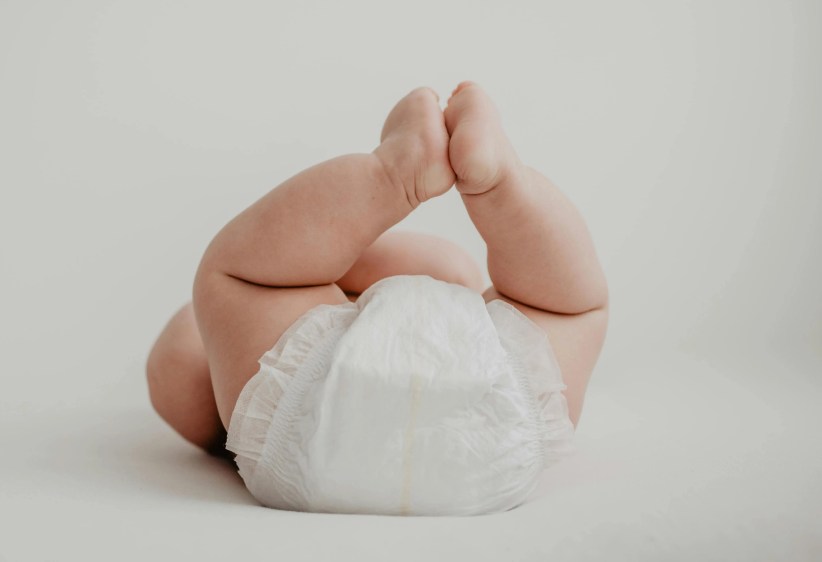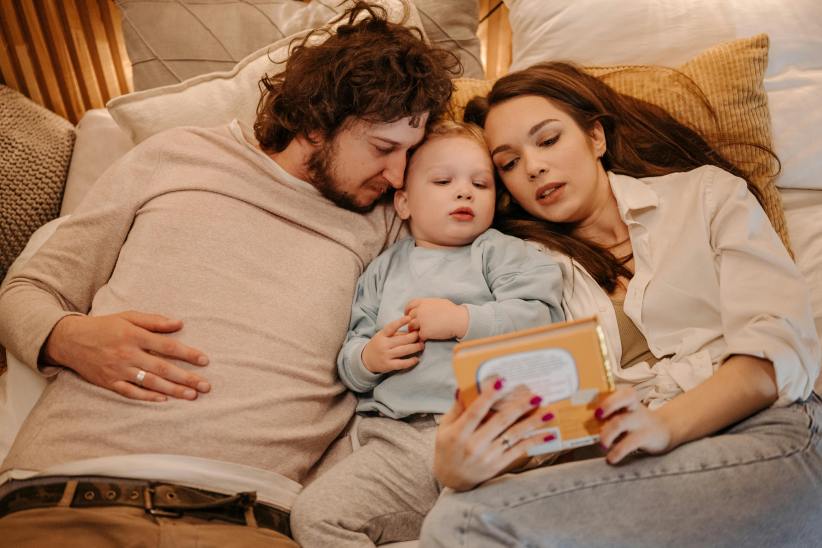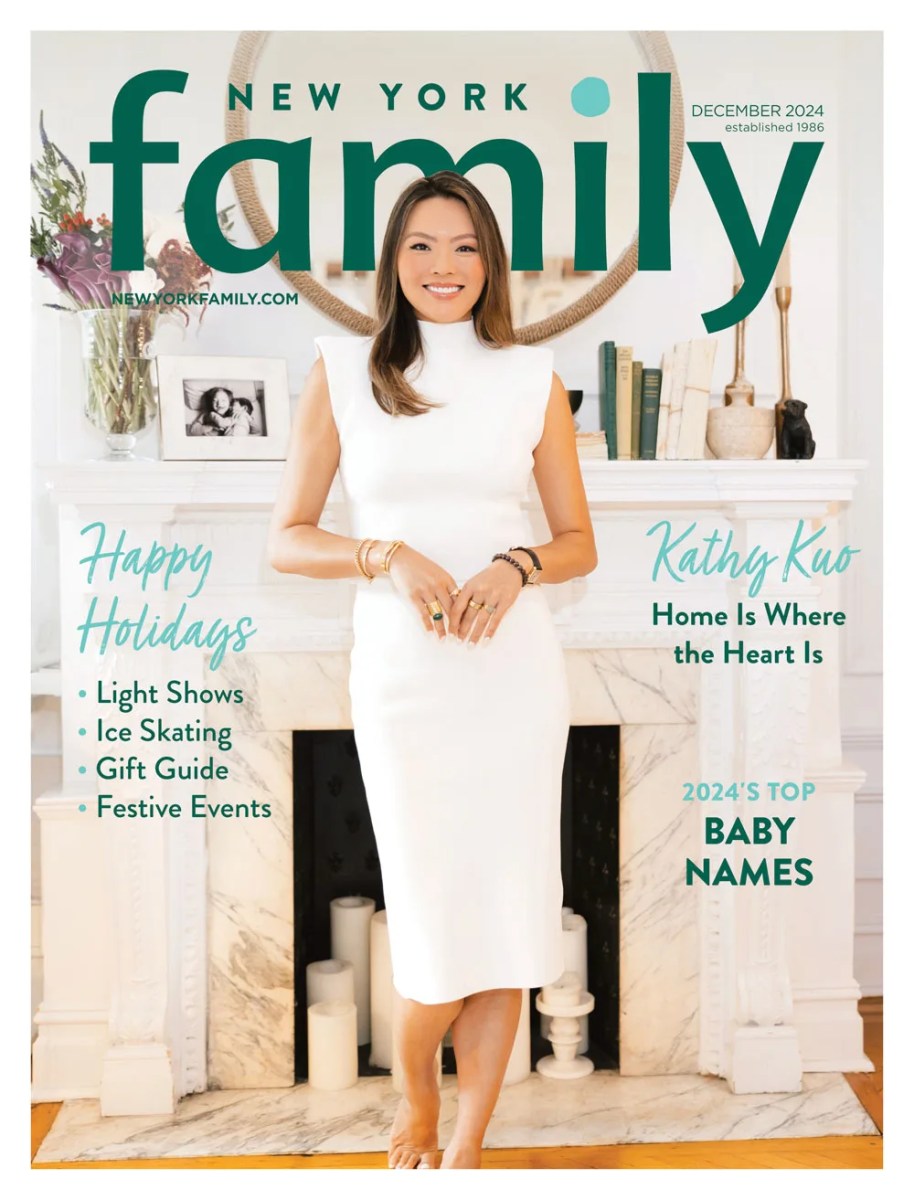 While I was pregnant, I kept my birth choices private. I am a prenatal yoga teacher, labor support doula, and Lamaze teacher—I didn’t want my students to feel I disapproved of their birth plans based on the fact that I, myself, was preparing for a home birth. How a mother chooses to birth is very personal. I came to my decision rather organically from attending hospital births for over 10 years. I witnessed what hospitals had to offer to a low-risk woman and I did not want fight to have the birth I envisioned.
While I was pregnant, I kept my birth choices private. I am a prenatal yoga teacher, labor support doula, and Lamaze teacher—I didn’t want my students to feel I disapproved of their birth plans based on the fact that I, myself, was preparing for a home birth. How a mother chooses to birth is very personal. I came to my decision rather organically from attending hospital births for over 10 years. I witnessed what hospitals had to offer to a low-risk woman and I did not want fight to have the birth I envisioned.
Before I go too far, let me share some simple statistics about birth in our country. Currently, 98 percent of births take place in a hospital. This is staggeringly high compared to some European countries like the Netherlands which holds a rate of 20 percent of the population giving birth at home. The Netherlands has a different societal acceptance of home birth, as well as many trained midwives and a well-established emergency transfer system already in place. Last year, the UK Royal College of Obstetrics and Gynecology took a stance to encourage second time moms to consider home birth. Now, back to the US 98 percent hospital birth rate, which leaves only 2 percent of births occurring at home: The latest statistics on maternal mortality from World Health Organization ranks the US 33 out of 179 developed countries, one out of every 1,800 mothers die in childbirth in the US. For infant mortality rate, we rank 168 out of 222 countries, sandwiched between Serbia and Poland. In the US, we lose 6.17 out of 1,000 babies. The top ranking country was Monaco, with 1.81 out of 1,000 babies. With these statistic lingering in front of me, I felt I wanted to be part of the 2 percent of women who birthed at home.
I live in New York City, where all the major hospitals are large teaching facilities. For that reason, and the fact that NYC is densely populated, hospitals tend to be crowded. It’s not uncommon to show up with a doula client in active labor, and wait for a space in triage before being seen. From there we wait for either the woman’s care provider or a resident on-call to examine and, finally, admit her, if she’s sufficiently dilated. Once admitted, there are hospital protocols to abide by—full-time external fetal monitoring, IV or at least hep-lock placement, and a steady rotation of nurses coming in and out of the room. In smaller hospitals, this is not necessarily the case. For many women, hospitals offer security and reassurance, in the case that a “what if” situation arises. For me, however, I wholeheartedly felt that, unless it was medically necessary, I did not want to be in that environment. I felt safer with a trained midwife and out of reach from a hospital’s routine interventions.
A turning point in my perspective about birth came five years into my career as a doula, when I attended my first home birth. It was a mind-blowing experience to see what birth could be like outside of a hospital. The birth was attended by two home birth midwives, me (the doula), and the laboring mother’s husband. It was a dimly lit, peaceful, and inviting setting. A huge birth tub was set up in the corner of the room, and the scent of cinnamon oatmeal wafted through the air. The serene setting never felt urgent or pressured by time constraints and the midwives sat quietly back observing, not managing the situation. The birth itself was powerful, as the mother birthed her baby in the birth tub and the midwife calmly welcomed the baby out. Maybe this idyllic unfolding of birth spoiled me, as it became the ideal for which I strove.
[gravityform id=”15″ title=”false” description=”false” ajax=”true”]
I desperately did not want to be in a hospital gown, hooked up to machines, feeling trapped in a chilly, sterile room with bad art hanging on the walls. I did not want to walk barefoot on the cold tile floor. I did not want to be in a small, uncomfortable bed and have a cast of unknown characters interacting with me during my labor. I did not want to feel time constraints that potentially had little to do with the well-being of me or my baby. I did not want to face routine interventions and an increased chance of a C-section birth, just because I was in a hospital. My list of “not wants” was lengthy. What I did want was the opportunity to let my baby’s birth unfurl on its own. I wanted to eat, move, and labor as I needed. I wanted to be in a space that made me feel safe, warm, and comfortable and cocooned by people that fully supported me. I wanted a place without judgment or pre-established protocols. For me, that place was my home.
This choice was not always met with the same enthusiasm that my husband and I had for it. There were many naysayers that openly expressed why this choice was (in their opinion) irresponsible. I would calmly explain, that we had done our research and picked a wonderfully skilled midwife. We also had a very seasoned doula and a back-up plan should we need to transfer to a hospital. After that, I would smile, thank the opinion-expresser for her feedback, and close the conversation.
Home birth is not for everyone. But it is an option for many. For those considering home birth, here are a few tips.
• Find out if you safely qualify for a home birth. Certain medical situations like preterm labor, diabetes, or pre-eclampsia, will “risk you out.” You need to be a low risk, healthy woman to safely have a home birth.
• Hire a medically qualified team to support you in labor. (I recognize there is a movement of unattended home births, and I am exerting my strong opinion against that here).
• Have a solid back-up plan should you need to transfer to a hospital for any reason. Discuss with your midwife the different scenarios that may require a hospital transfer.
• Make sure everyone attending the birth, including your partner, is fully supportive of the choice. If anyone in the room is harboring disapproval, you might be affected and it could stall labor.
• Don’t share your choice with people you know will disapprove. You do not need this type of negative energy surrounding your birth choices.
• Be honest with yourself and if you truly feel comfortable having your baby at home. I have met many women who loved the idea of home birth, but simply knew they would not be comfortable outside a medical facility.
My hope for you, dear reader, is that your baby’s birth is infused with your voice. Although my two home births were challenging and forced me to dive to depths I did not know I had, I am grateful for having had the opportunity. I felt supported, heard, loved, and seen. I hope all birthing mothers can feel the same—no matter where they choose to birth.
Debra Flashenberg is the founder and Director of the Prenatal Yoga Center. She is a certified labor support doula, Lamaze Childbirth Educator, and certified prenatal yoga instructor. She is continuously in awe of the beauty and brilliance of birth and is the proud mother of her son, Shay, and daughter, Sage. Visit prenatalyogacenter.com for more info!

